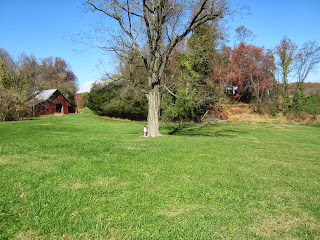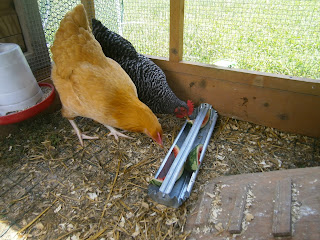Throughout the month of July, the hives came and went like an annoying pest. They seemed to be associated with a viral sore throat that he had at one point according to our pediatrician. Then, in mid-August, we were leaving for a beach vacation that involved a 10 hour drive. He was really sick with a fever, sore throat and hives the morning of departure. Instead of leaving for the trip, I took him to the ER where they ran a variety of blood tests and concluded it was: a viral sore throat.
Hives continued to show up on and off. Sometimes big welts. Sometimes really small. But intensely itchy. When the hives came at night, I would resort to giving him Benadryl so that he could sleep.
We visited our pediatrician a couple more times about the hives and the best guess for a diagnosis was "idiopathic hives", i.e. hives for no good reason. (The official definition is: "dermatologic disorder with itching wheals experienced on a chronic basis; etiology unknown." Medilexicon)
By the end of November this had been going on for five months and he was now needing Benadryl every night. Something had to give.
(An aside here: I am a big fan of Benadryl. Benadryl is always in my house. It has literally saved my life and I would not be without it. But, like anything else, I did not want my kid to have it in his system to that degree.)
I resolved to get to the bottom of it-----thinking there had to be a cause and effect. By this point in time, the hives were showing up in the morning before breakfast and in the evening after he had been put to bed.
I rolled out all of my natural health books and had at it. Looking up hives in the Prescription For Nutritional Healing (one of my go tos) there was a sidebar list of about 50 chemicals that can cause hives in certain individuals. I hit on fluoride and the light bulb went off. His symptoms showed up after brushing his teeth in the morning and after brushing his teeth in the evening.
I got him fluoride free toothpaste and slowly the hives began to dissipate----just showing up sporadically here and there. And then leaving for good.
As far as the state of his dental affairs: he is now 11 and the only one of my three kids without cavities. Go figure. (There are huge battles on fluoride use vs. non-fluoride use in many other places to peruse. Suffice to say I am okay he is without given his body's response.)
CASE SOLVED.















